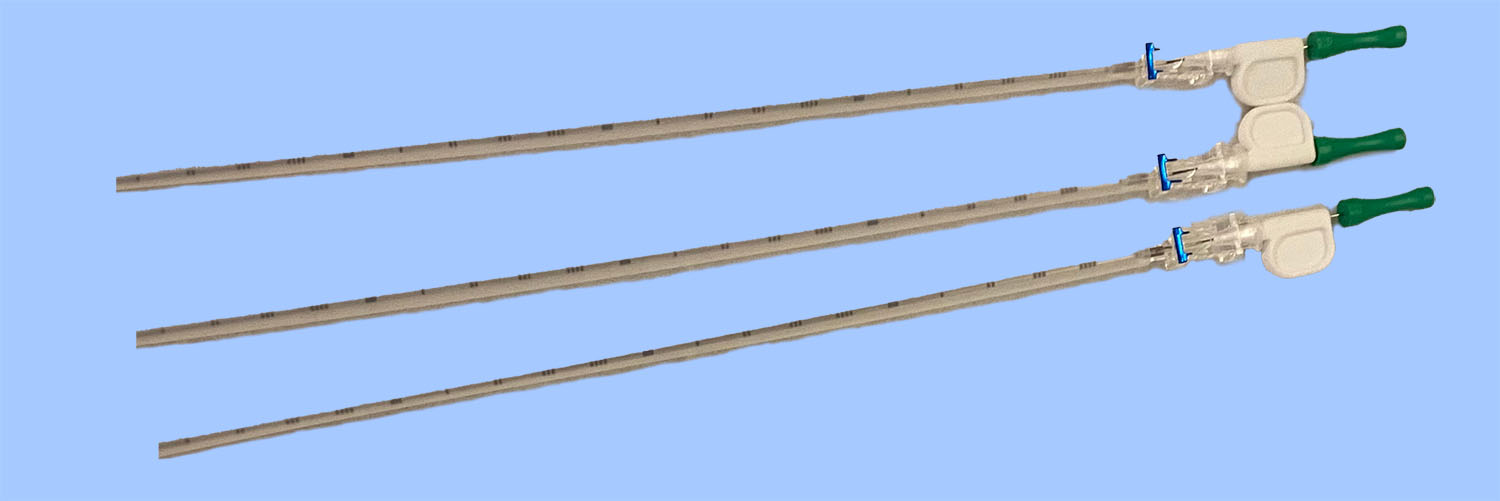Fiducial Markers for Radiation Therapy
Fiducial markers are small metal objects about the size of a grain of rice. They help your radiation therapist get you in the correct position each day for treatment and ensure that your radiation is being given to the right part of your body. Fiducial markers are placed into your soft tissue. They are placed many days or weeks before you start your radiation therapy and are never removed.
When are fiducial markers used?
Fiducial markers may be used if you are getting radiation to these areas of your body:
- Prostate.
- Lung or chest wall.
- Liver, gallbladder, kidney, or pancreas.
- Head & neck.
How should you prepare for fiducial marker placement?
Your prep will depend on the area of your body where your fiducial markers are being placed.
- Stopping certain medications. Examples: Aspirin, ibuprofen, steroids, vitamin E, or blood thinners. Make sure your provider is aware of all medications and supplements you are taking.
- Doing an enema to clean out your bowels the morning of your procedure.
- Take an antibiotic to prevent infection.
- Eat and drink like normal on the day of your procedure.
What happens on the day of your procedure?
You will be asked to lie on a table and a nurse will watch your heart rate, blood pressure, oxygen levels, and pulse. In some cases, you may get an intravenous line (IV) for medication that will make you sleepy or help you relax. You may also be given antibiotics (medicine that fights bacteria) before your procedure. A numbing gel or shot may be given to numb and lessen any pain during the procedure. This will depend on where your fiducial markers are being placed.
The placement of the fiducial markers is often guided by either computed tomography (CT) or ultrasound (US). In some cases, an endoscope, a flexible device with a light, is used to see inside a body cavity or organ. The type of imaging used depends on the type and place of your tumor.
The fiducial markers are put into place using a tool that looks like a needle. The needles are placed through your skin and into your tumor. You may feel pressure when the needles are being placed. The markers are inside the needle and are pushed into place using image guidance (CT or US). After each marker has been put into place the needle is removed. Your healthcare provider will let you know how many markers you had placed after your procedure. The number of markers used depends on the type and place of your tumor.
A small bandage or band-aid will be used on your skin where the needles were put in. It is often done as an outpatient procedure so you will go home that day. You will need to have someone drive you home. The procedure will take about an hour. Fiducial placement can be specific to the center where you are having the procedure done.
What can you expect after your procedure?
After the procedure, it is normal to be sore for a few days in the area where the needles were put in. In most cases, you can take off the bandage the next day and shower or bathe like normal.
Reasons to call your care team:
- A fever (temperature > 101°F).
- Feeling dizzy.
- Chills.
- Heavy bleeding.
- Trouble passing urine.
- Bright red blood clots in your urine.
If you have any new or worsening pain call your provider right away.
